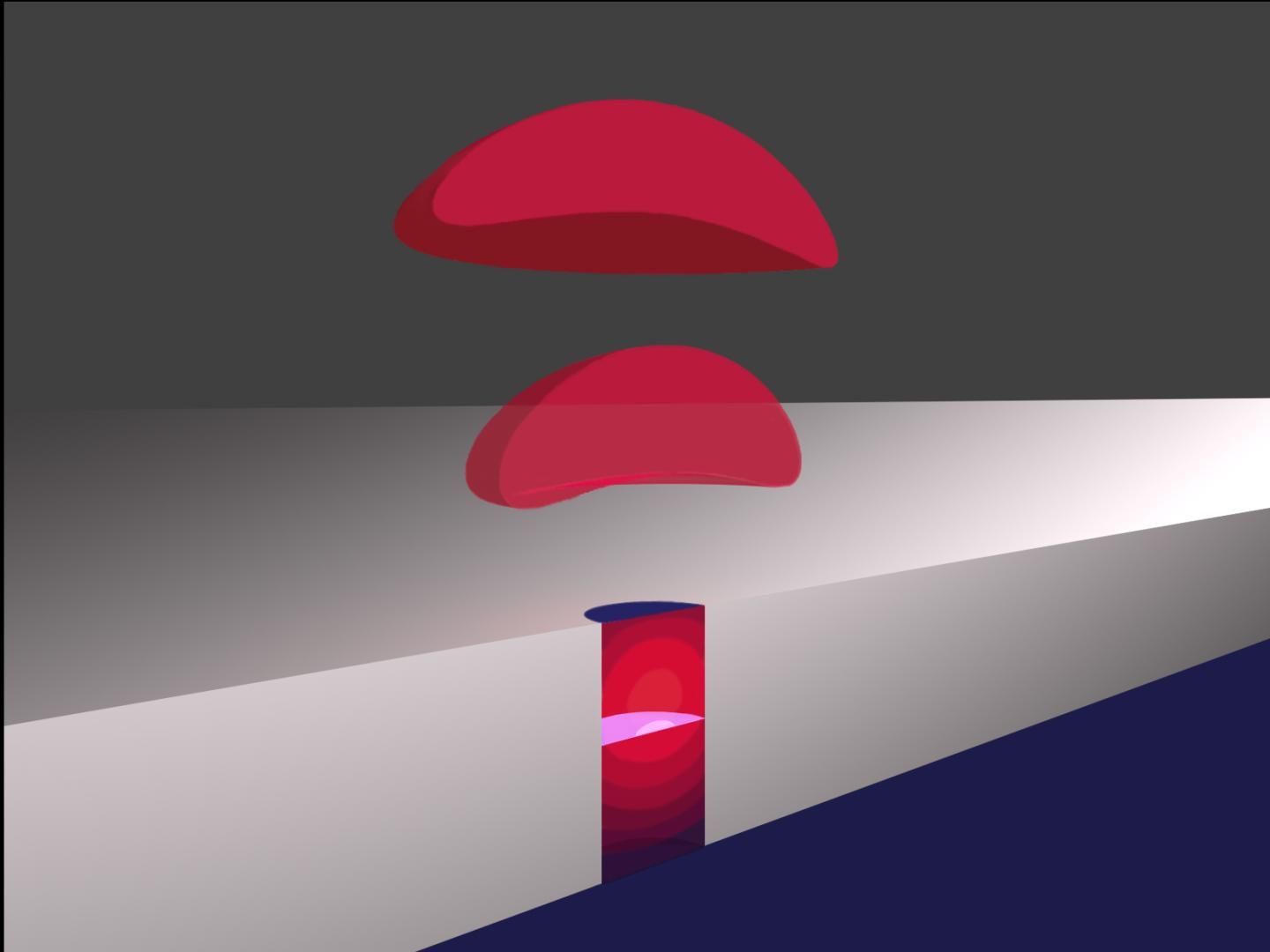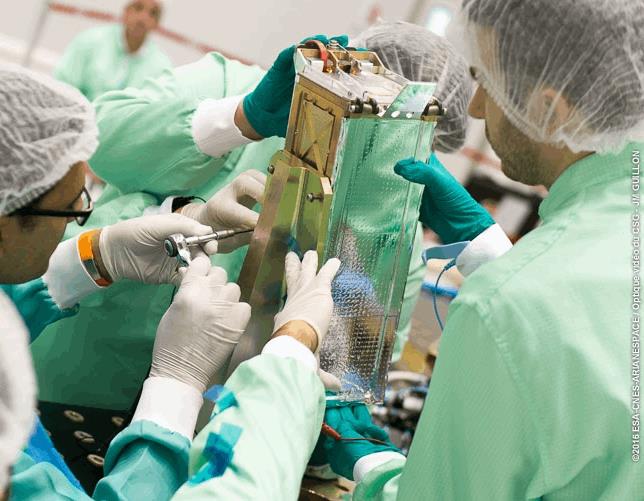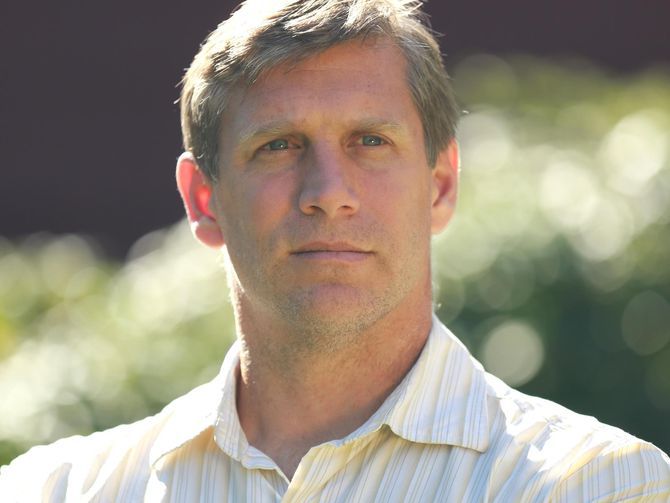Dec 21, 2016
Scientist Who Faked Research to Receive Grants, Sentenced to 18-Months
Posted by Karen Hurst in categories: computing, government, quantum physics
Doesn’t pay to fraud the government. The real question is why it took so long (4 years).
Defendant submitted false data and information instead of building and testing experimental components
OAKLAND – S. Darin Kinion, Ph.D., was sentenced today to 18 months’ imprisonment for submitting false data and reports to defraud the United States in connection with a quantum computing research program announced United States Attorney Brian J. Stretch, U.S. Department of Energy Special Agent in Charge of the Office of the Inspector General Scott Berenberg, and Inspector General of the Intelligence Community I. Charles McCullough III. The sentence follows a guilty plea entered June 14, 2016, in which Kinion acknowledged submitting false data and reports to the Intelligence Advanced Research Projects Activity (“IARPA”) of the Office of the Director of National Intelligence in a scheme to defraud the government out of money intended to fund research.
Continue reading “Scientist Who Faked Research to Receive Grants, Sentenced to 18-Months” »

















